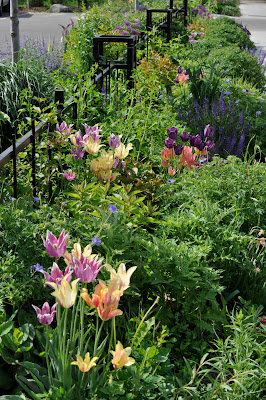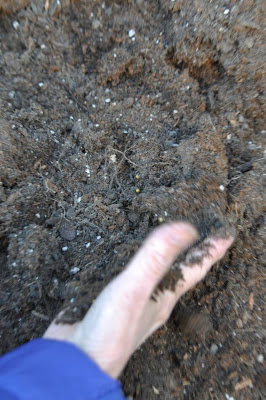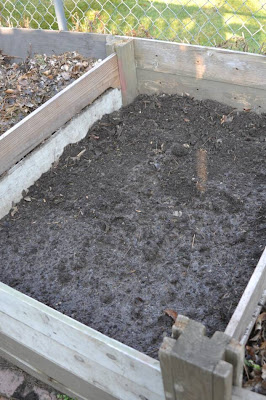These days it seems folks all around me are taking bold strides to “green up” their everyday lives. Whether we’re motivated to reclaim our health from the abominable agriculture and healthcare industries, or take back our wealth from the robber barons of the big energy companies, all of us are awakening to the idea that it’s time we followed that sage bumper sticker advice and remember how to "live simply so that we may all simply live".
Composting is one of the simplest things that I’ve ever learned. As a designer of Earth friendly landscapes and organic gardens, part of my job is to help folks implement changes right outside their doors that positively impact the entire global ecosystem. I routinely testify that there is no greater teacher of natural methods then nature itself.
So what does nature tell us about compost?
In nature there is no waste. Any creature lucky enough to emerge from the muck is quickly turned back into muck upon death, at which point another creature feeds on the muck created by the first creature. When we compost we pay direct homage to this ancient cycle, and our gardens display the rewards of this environmentally respectful approach. What I’m getting at here is that nature shows us that compost grows great plants. Compost has always been the only sustainable means of creating fertility in soil.
Okay so enough about why we should compost, let’s get down to the nitty-gritty.
First of all, I’m through with black plastic compost bins. Ineffective, ugly, and misleading to folks, these bins are ridiculous. We already know that the act of composting at home is a way of copying nature. Ask yourself, when was the last time you found a black plastic compost bin on the prairie, or in the woods, or wetlands? Compost happens in nature completely unaided and unhindered by plastic bins. Instead all the parts of the trees, and plants grow up and then periodically or seasonally die off to fall loosely across an open area where the rain soaks the leaves, and the wind and animals stir the whole thing up. After a good sit on the floor of the forest or prairie, a dead leaf or fallen apple becomes soil. At home we copy this process, in an open air compost bin or compost pile we mix together our kitchen waste such as fruits and vegetables, coffee, egg shells, grains, and bread, with our yard waste such as leaves and grass cuttings.
This edition of The Seed is dedicated to the hundreds of folks who've asked me how they can make a functional, affordable, and aesthetically pleasing compost system at home. Giving Tree
is proud to have partnered with another green thinker,
Margaret Wilke
to bring you a great gardeners thoughts on growing garden gold from garbage!
Garden How To :
home composting made easy

















